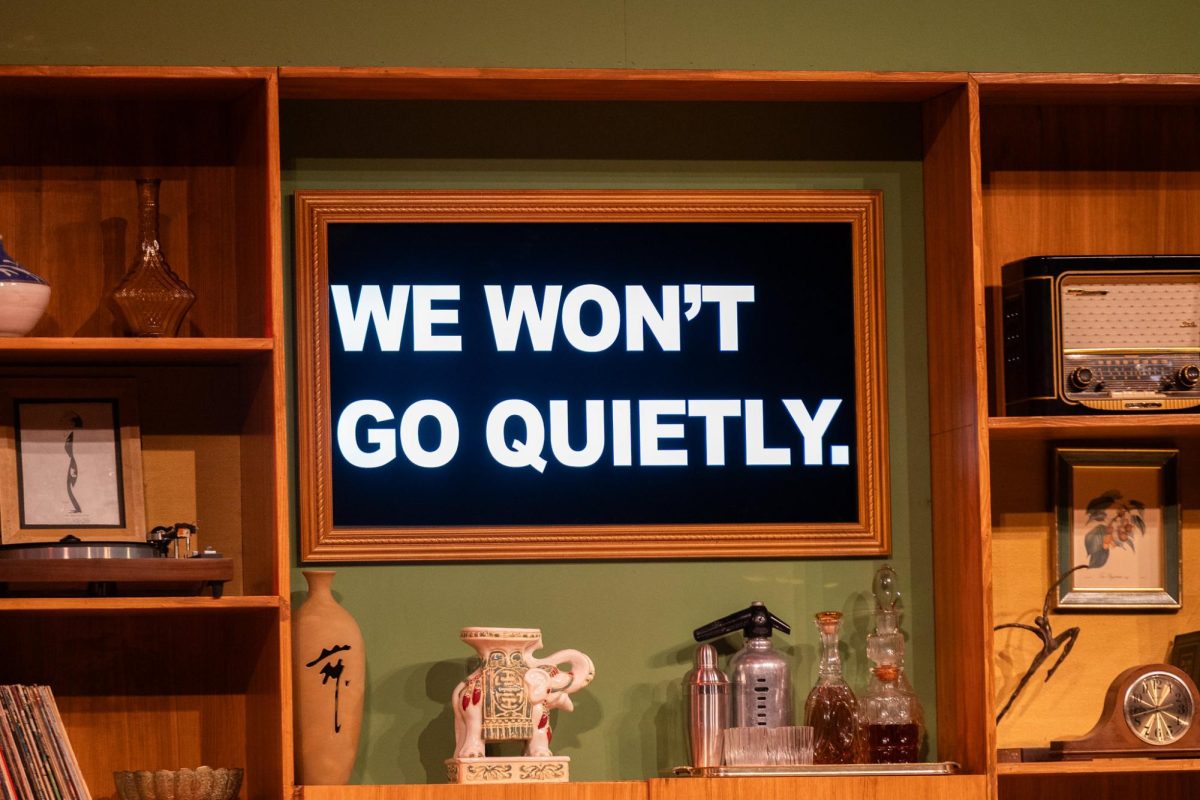Students: kick off your slippers and settle into your favorite sofa spot in preparation to travel to the Galapagos Islands–virtually, that is. Travel agencies, airlines and tourism boards have introduced virtual reality (VR) technology that allows the experience of visiting popular tourism hotspots well across the world.
Although once considered a gimmick, VR has turned 360 degrees as a way to travel during the global pandemic. Initially used as a marketing tool to advertise locations to travel, VR has become its hopeful replacement.
The advantages that have come from the inclined drop in travel have been an optimistic improvement in air and water pollution.
“Places typically choked with worse air pollution saw the most extreme drops in fine particulate matter or soot. Delhi saw a 60 percent reduction in pollution over a three-week period while its stay-at-home order took effect, compared to the same period last year. Seoul, South Korea, saw a 54 percent decrease. Soot in Wuhan, China, dropped by 44 percent,” said Justine Calma from The Verge.
The improvement of our decreased carbon footprint seems to lean toward the option of increased VR sets in American homes.
But, VR is an advantage only to those who can afford the technology in their homes. The starting cost for a high-end option runs around $599 to $799.
Among the most prominent: VR brand, Oculus.
There are also lower-end VR sets, like Google Cardboard, that lack the advantages of an immersive experience offered by high-end sets, resulting in a decline in popularity last year due to noticeable limitations.
VR technology still has room for improvement. The headset is front-heavy and makes the user sweaty around the eyes, making it uncomfortable to wear for more than 30 minutes; especially while playing the popular game Beat Saber, where the player is in constant movement, staying with the musical beat.
One of the treats of travel is sensory exploration. Breathing new air, tasting new food and touching the environment. Yet, these are all benefits that disappear in VR. Instead of having a wholesome experience of visiting another country, the enjoyment lasts a few minutes.
Meeting people from other countries and expanding our cultural knowledge and appreciation comes with learning different customs and languages: something that VR would struggle to duplicate.
If, say, a bodysuit was created to bring in some of the sensory benefits of travel, it might establish a series of new options above VR. A not-so-far futuristic technology, as imagined in the movie ‘Ready Player One’ directed by Steven Spielberg, could become a readily standard reality.
In “Ready Player One,” players are strapped to an apparatus that allows movement in all directions, and live most of their lives in the VR world; Painting a pessimistic view of society’s dependence on technology but, equally significant, demonstrating the endless possibilities in a VR world.
Many countries are dependent on the travel industry. During the pandemic, a third of travel-related jobs have been lost, comparatively nine-times greater than the 9/11 attacks.
“The CARES Act was a good start, but the data shows there is still extreme and mounting pain in the American travel industry,” said U.S. Travel Association President and CEO Roger Dow.
If VR is here to stay, there is great uncertainty in the travel industry’s future. But at the moment, VR would be an improvement during the pandemic, as many Americans increasingly run out of activities to do around their home.



































